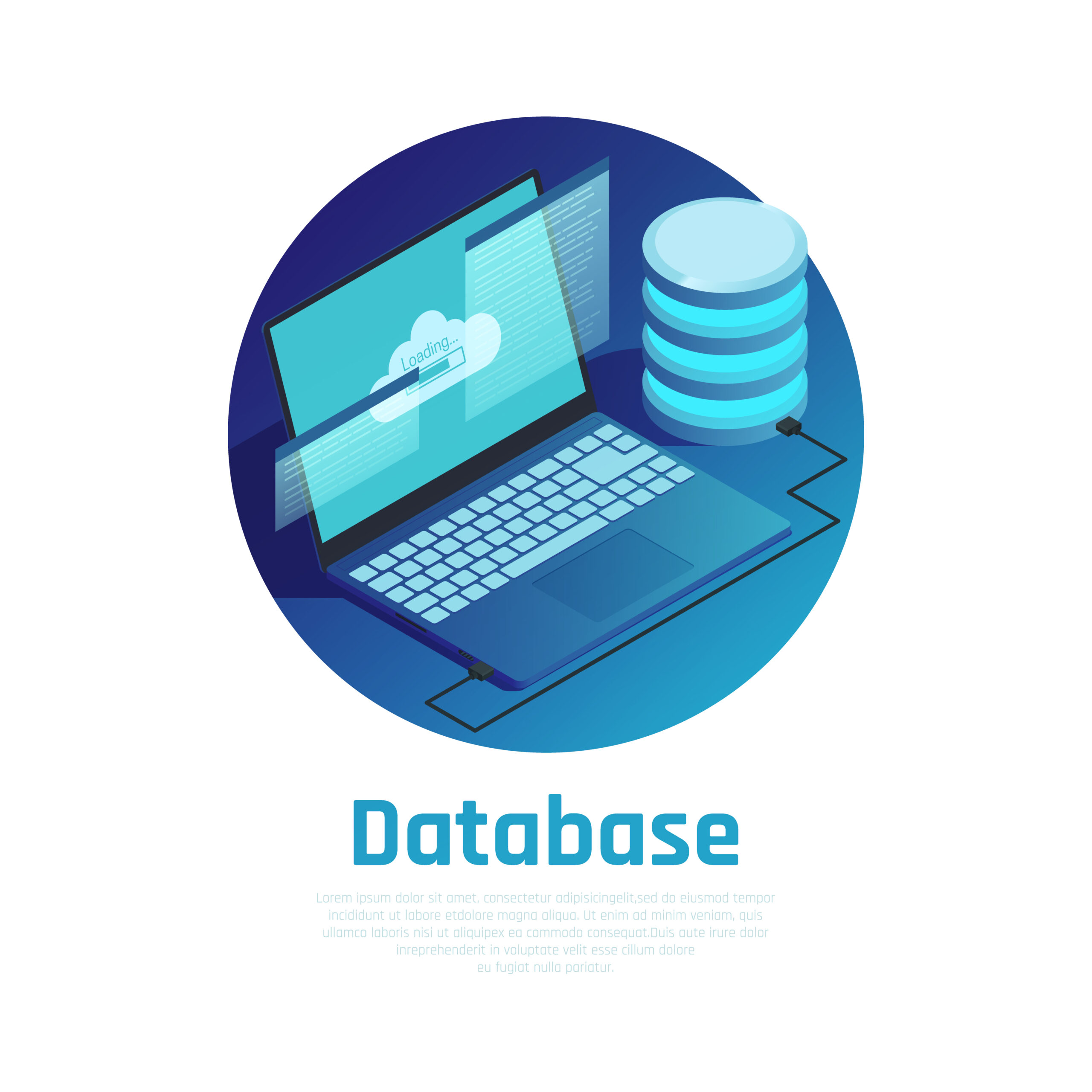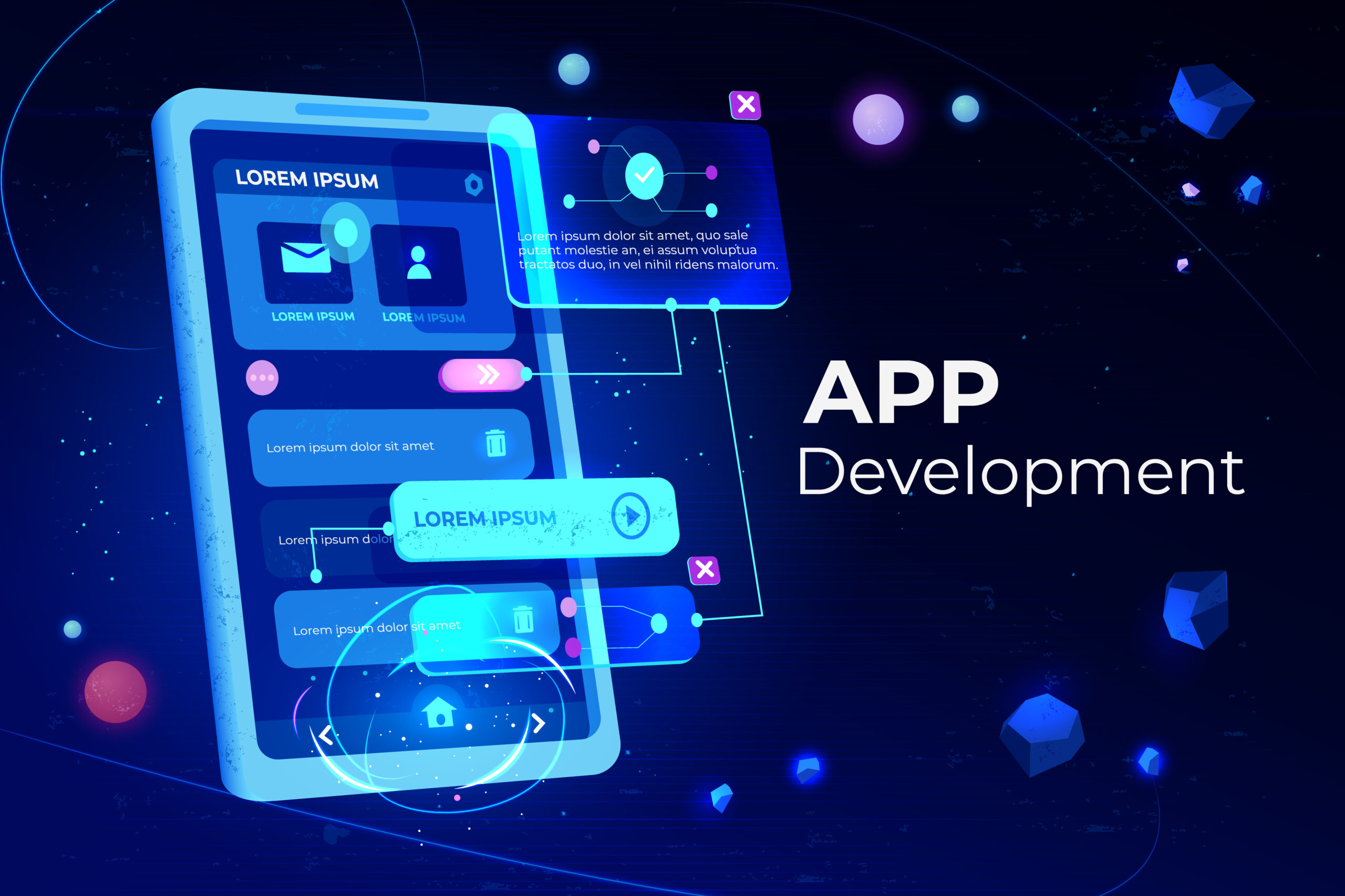Development at the grassroots level plays a critical role in shaping the future of communities. One of the most important tools for local development is the county integrated development plan (CIDP). But what exactly does it mean, and why should citizens care?
This article is particularly articulated by Tambena Consulting experts to make sure you understand what a county integrated development plan is, how it works, and why it’s crucial for long-term development in counties across many nations.
Understanding Local Development Planning
To grasp the importance of a county integrated development plan, it’s helpful to look at the big picture.
Counties are responsible for providing essential services like:
- Health care
- Education infrastructure
- Roads and transport
- Water and sanitation
- Agriculture and food security
Without a clear plan, development can become disorganized, wasteful, or unsustainable. That’s why counties are required to create a structured roadmap for growth and service delivery. This roadmap is what we refer to as the county’s integrated development plan.
What Is a County Development Plan and Why Does It Matter
You might be wondering, what is the county’s integrated development plan all about?
In simple terms, it is a five-year plan that outlines a county’s development goals, strategies, co-development projects, and budgets. It aligns county priorities with national development goals and provides a framework for tracking progress and managing resources effectively.
Key features of a CIDP:
- Covers a 5-year development period
- Involves public participation in planning
- Includes economic, social, and environmental goals
- Guides resource allocation and budgeting
- Serves as a performance monitoring tool
It ensures that development is planned, inclusive, and sustainable, rather than reactive or politically driven.
Components of an Effective County Growth Plan

Let’s break down the typical structure of a county integrated development plan into its main components:
1. County Vision and Mission
A clear long-term vision and mission statement sets the tone for what the county wants to achieve.
2. Situational Analysis
This section analyzes the current state of development in the county, covering sectors like health, education, agriculture, and infrastructure.
3. Strategic Goals and Objectives
Specific, measurable goals are outlined, such as reducing child mortality, improving road access, or increasing agricultural productivity.
4. Project Proposals and Plans
Each goal is supported by proposed projects, timelines, and expected outcomes.
5. Resource Allocation and Budgeting
The CIDP includes a financing strategy, showing how different projects will be funded—whether from government allocations, donor funding, or public-private partnerships.
6. Monitoring and Evaluation Framework
To ensure accountability, the plan defines how progress will be tracked and evaluated over time.
Benefits of a Coordinated County-Level Plan
When a county’s integrated development plan is done well, it brings several benefits:
- Better Service Delivery
Counties can deliver health, education, and infrastructure projects more efficiently and equitably.
- Increased Accountability
A written, public document allows citizens to hold leaders accountable for promises made.
- Public Participation
Residents get a say in what projects are prioritized in their communities, making development more democratic.
- Attracting Investment
Clear development priorities help attract development partners, NGOs, and investors who want to align with the county’s goals.
- Long-Term Stability
With a five-year plan in place, development doesn’t stop with a political change. New leaders can build on what’s already working.
Challenges in Implementing County Development Blueprints
While the idea behind the CIDP is powerful, execution can face several roadblocks:
- Lack of Capacity
Some counties may lack the technical skills or resources to develop and implement plans effectively.
- Political Interference
Development priorities may be shifted to serve political interests rather than long-term goals.
- Limited Funding
Even well-crafted plans can stall if adequate funding is not secured or allocated properly.
- Low Public Engagement
When citizens are not properly involved in the planning process, the result may be poor buy-in or project failure.
Addressing these challenges requires cooperation between government officials, civil society, donors, and citizens.
How Citizens Can Get Involved
A key strength of the county’s integrated development plan process is that it encourages public participation.
As a citizen, here’s how you can contribute:
- Attend public forums when your county is preparing or reviewing the CIDP
- Share your views on development needs in your community
- Read the plan once published, it’s often available on the county’s website or office
- Monitor implementation are the projects in your area happening as planned?
- Hold leaders accountable by asking for updates and reports
Active citizen engagement ensures the plan reflects real needs, not just what leaders think communities want.
Examples of Projects Driven by County Plans
Here are examples of real-life projects that often arise from county development planning:
- Building maternity wings in rural hospitals
- Upgrading local roads for farm-to-market access
- Drilling boreholes and expanding the water supply
- Constructing early childhood education centers
- Training programs for youth and women in entrepreneurship
All of these reflect how a well-structured county development plan can directly improve lives when implemented properly.
Planning Builds Better Communities
The county’s integrated development plan is more than a document; it’s a tool for building stronger, more resilient, and inclusive communities. For this, you need custom development services that will offer a shared vision and roadmap for transforming counties over time.
Whether you’re a policymaker, a student, or a resident simply interested in your region’s future, understanding and engaging with your county’s CIDP gives you a powerful voice in shaping development priorities.
If you’ve ever asked yourself, “What is a county integrated development plan?”, now you know, it’s the blueprint for progress, and everyone has a role to play in making it work.






